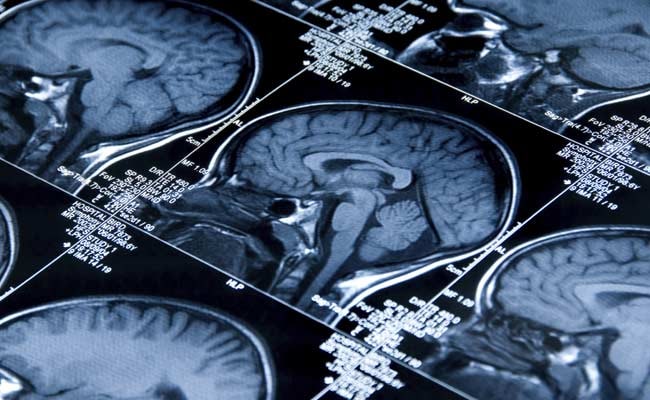
In a new study, researchers at the University of Iowa linked a brain region to how humans adjust their thoughts and attention when distracted. The link is significant because it provides insights into the cognitive and behavioural adverse effects of a treatment used to treat Parkinson's sufferers.
The study, "The human subthalamic nucleus transiently inhibits active attentional processes," was published online March 4 in the journal Brain.
The subthalamic nucleus is a pea-sized brain area that controls our movements. These motions have been hampered in Parkinson's patients: researchers believe the subthalamic nucleus, which normally acts as a brake on abrupt movement, is exerting too much influence. Researchers believe that overactive brakes contribute to the disease's tremors and other motor deficits.
In recent years, clinicians have treated Parkinson's patients with deep-brain stimulation, an electrode implanted in the subthalamic nucleus that rhythmically generates electrical signals, causing the brain region to loosen its braking, freeing up movement. The deep brain stimulation system is like a pacemaker for the heart; once implanted, it runs continuously.
"The technique is truly miraculous, frankly," says Jan Wessel, associate professor in the departments of Psychological and Brain Sciences and Neurology at Iowa. "People come in with Parkinson's, surgeons turn the electrode on, and their tremor goes away. Suddenly they can hold their hands steady and go play golf. It's one of those blockbuster treatments where, when you see it in action, it really makes you believe in what the neuroscience community is doing."
Yet some patients treated with deep brain stimulation have been beset by an inability to focus attention and impulsive thoughts, sometimes leading to risky behaviors such as gambling and substance use. Researchers began to wonder: Did the subthalamic nucleus' role in movement also mean this same brain region may deal with thoughts and impulse control?
Wessel decided to find out. His team designed an experiment gauging the focus of attention of more than a dozen Parkinson's patients when the deep brain stimulation treatment was either activated or idle. The participants, outfitted with a skull cap to track their brain waves, were instructed to fix their attention on a computer screen while the brain waves in their visual cortex were being monitored. About one in five times, in a random order, the participants heard a chirping sound, meant to divert their visual attention from the screen to the newly introduced audial distraction.
In a 2021 study, Wessel's group established that brain waves in participants' visual cortex dropped when they heard a chirp, meaning their attention had been diverted by the sound. By interchanging instances when there was a chirp or no sound, the researchers could see when attention had been diverted, and when the focus of visual attention had been maintained.
The team turned their attention to the Parkinson's groups for this study. When the deep brain stimulation was idle and the chirp was sounded, the Parkinson's patients diverted their attention from the visual to the auditory systems--just as the control group had done in the previous study.
But when the chirp was introduced to the Parkinson's participants with deep brain stimulation activated, those participants did not divert their visual attention.
"We found they no longer can break or suppress their focus of attention in the same way," says Wessel, the study's corresponding author. "The unexpected sound happens and they're still full-on attending to their visual system. They haven't diverted their attention from the visual."
The distinction confirmed the subthalamic nucleus' role in how the brain and body communicate not only with movement--as previously known--but also with thoughts and attention.
"Until now, it was very unclear why those with Parkinson's disease had issues with thoughts, such as why they performed worse on attention tests," Wessel says. "Our study explains why: While removing the inhibitory influence of the subthalamic nucleus on the motor system is helpful in treating Parkinson's, removing its inhibitory influence from nonmotor systems (such as thoughts or attention) can have adverse effects."
Wessel firmly believes deep brain stimulation should continue to be used for Parkinson's patients, citing its clear benefits to aiding motor-control functions.
"There may be different areas of the subthalamic nucleus that stop the motor system and that stops the attentional system," he says. "That's why we're doing the basic research, to find out how do we fine-tune it to get the full benefit to the motor system without accruing any potential side effects."
(Except for the headline, this story has not been edited by NDTV staff and is published from a syndicated feed.)
Track Latest News Live on NDTV.com and get news updates from India and around the world

